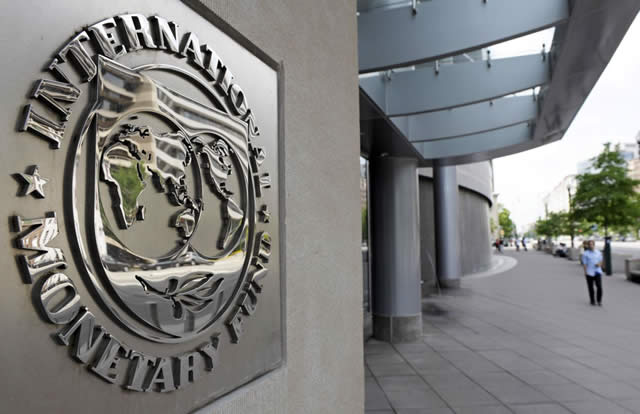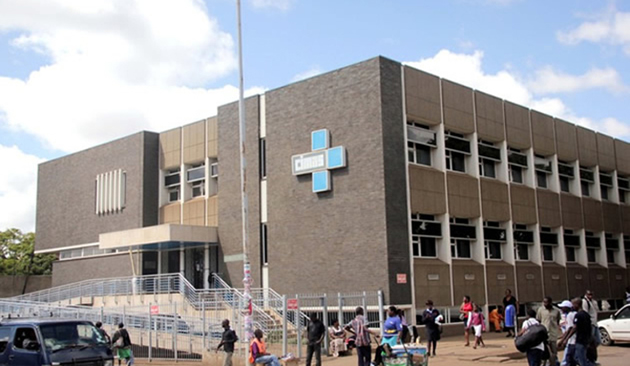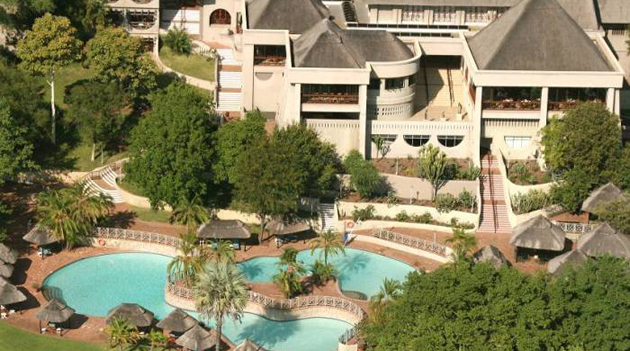IMF likely to cut SA’s growth forecast

 Johannesburg. – THE International Monetary Fund (IMF) is likely to cut South Africa’s economic growth forecast for the third time in under a year as it becomes clear that Eskom’s limited electricity supply and repeated strikes are weighing on economic growth.
Johannesburg. – THE International Monetary Fund (IMF) is likely to cut South Africa’s economic growth forecast for the third time in under a year as it becomes clear that Eskom’s limited electricity supply and repeated strikes are weighing on economic growth.
The IMF cut South Africa’s economic growth forecast for this year to 2,3 percent in April from 2,8 percent in January and 2,9 percent last October.
Another cut by the IMF will be a blow to the government as it tries to rebuild confidence in the economy after Standard & Poor’s (S&P) cut South Africa’s rating to one level above junk last month.
IMF senior representative in SA Axel Schimmelpfennig said on Wednesday that incoming data and developments since the April growth projections had been weaker than anticipated.
“Later this month the IMF will release its July world economic outlook update and I would expect that we will revise down South Africa’s growth outlook for 2014, in line with other observers,” he said.
South Africa’s challenges are both home-grown and globally inspired. Strikes and power outages are contributing to low output, while a sluggish pace of recovery in the global economy prevents a strong pick-up in export volumes.
Higher global economic growth and demand would benefit local exports, although South Africa might have to wait longer for this. IMF MD Christine Lagarde warned recently that global growth could under-perform for a while longer.
A strike at platinum mines — the longest the country has seen — ended towards the end of last month and was the main factor behind faltering economic growth in the first half of the year.
HSBC SA economist David Faulkner said on Wednesday that a rebound in economic growth was “far from assured”, even though the strike had been resolved.
The Reserve Bank cut its economic growth forecast to 2,1 percent from 2,6 percent, which is slightly more optimistic than some projections.
Fitch changed its economic growth forecasts for this year to 1,7 percent from 2,8 percent last month, while S&P forecasts 1,9 percent.
Moody’s — which has South Africa’s economic growth forecast at 2,7 percent — warned this month that a new strike by 220 000 workers, mainly National Union of Metalworkers of SA members, in the steel and engineering sector would prolong the weak growth cycle.
Last month the World Bank revised its economic growth outlook to 2 percent from 2,7 percent over concerns similar to those of the IMF, including tight monetary policy. Finance Minister Nhlanhla Nene is also expected to revise the Treasury’s 2,7 percent growth forecast in October. Mr Nene was reported as saying last month that the economy may reach 2 percent growth.
Investec chief economist Annabel Bishop said the bank was in the process of revising forecasts down from 2,2 percent to about 1,9 percent.
South Africa’s growth momentum has slowed in recent years, from 3,6 percent in 2011 to 2,5 percent in 2012, and to 1,9 percent last year. The responsibility of creating jobs has primarily been led by the government, with private-sector employment lacklustre and growing calls for this to change.
“South Africa needs high and inclusive private sector-led growth to foster job creation and reduce income inequality,” Mr Schimmelpfennig said.
He said reforms proposed in South Africa’s National Development Plan and “critical reforms to product and labour markets” would help the private sector contribute to economic activity.
Ms Bishop said South Africa’s economic growth would remain anaemic until private-sector investment and employment increased, which required the government to improve the ease of doing business. She said the Promotion and Protection of Investment Bill and the Expropriation Bill should be “cancelled” to instil confidence in the future of property rights. Prolonged and violent strikes had to be “outlawed”, to protect economic growth and those who wished to work, Ms Bishop said. – Bdlive.









Comments